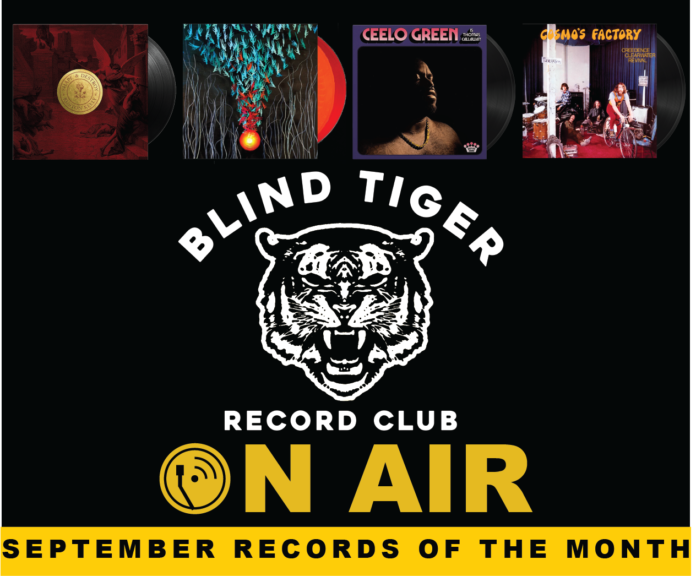Lightning 100 is excited to present Blind Tiger Record Club On Air every other Monday following the615. Starting at 8 pm, you will hear B.T.R.C. founder, David W. Williams, and Product Manager, Rudy Newman, discuss albums released on vinyl each month. B.T.R.C. champions music from all genres and believes vinyl is king. It’s a great way to be in-the-know about newly released music. Check out their records of the month, spotlight albums, new store additions, and more at BlindTigerRecordClub.com.
This week’s episode features four albums from their four keystone genres: Singer-Songwriter, Rock & Alternative, Jazz Soul & Blues, and Classic Rock.
Singer-Songwriter (Ruston Kelly – Shape And Destroy)
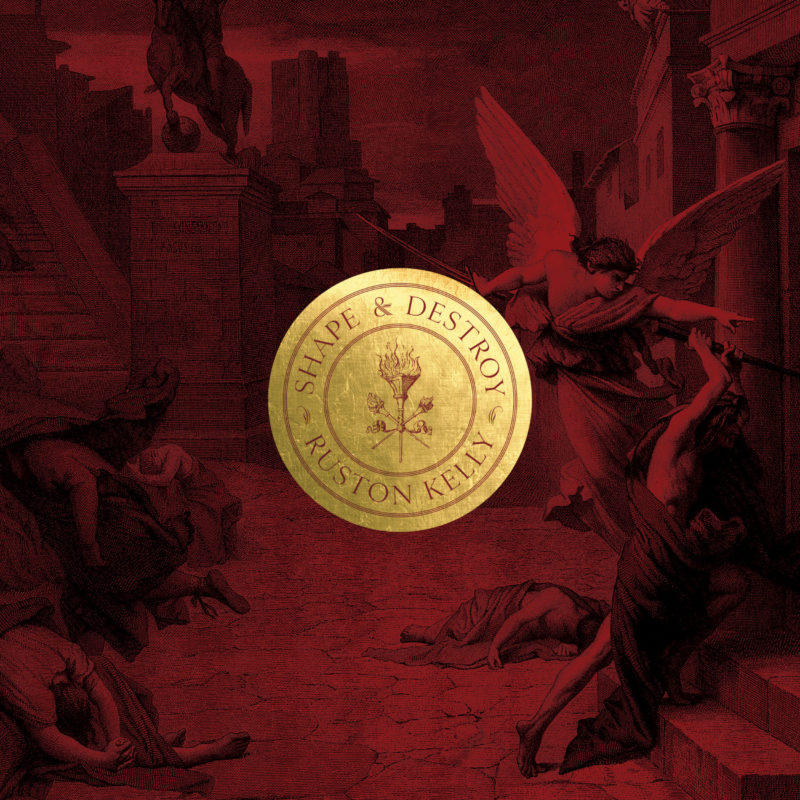

The new release via Rounder Records is Kelly’s sophomore effort, following up the critically acclaimed Dying Star. While still movingly honest and confessional, this album seems to come from a more mature place, looking back at how he’s grown through the various struggles of the previous years.
Album singles include “Rubber” and “Radio Cloud,” both heard on Lightning 100. With distinctly double-tracked vocals and a touch of grit, these singles perfectly emulate Kelly’s self-proclaimed “dirt emo” genre. Influences like Jackson Browne and Woody Guthrie paired with shades of Dashboard Confessional and Blink 182 make for a uniquely emotional style that appeals to fans of punk and country music alike. Kelly previously gave us a glimpse of some of his personal heroes in his EP Dirt Emo Vol. 1 which features covers ranging from Wheatus’ “Teenage Dirtbag” to Taylor Swift’s “All Too Well.”
Ruston Kelly recently said in an interview that authenticity was akin to fearlessness. Interestingly, Shape And Destroy fearlessly paints the picture of times when fear seemed inescapable. It’s that nuance that makes this record a must listen for the folks at Blind Tiger Record Club as well as our programming staff at Lightning 100.
Rock and Alternative (Bright Eyes – Down In The Weeds Where The Word Once Was)
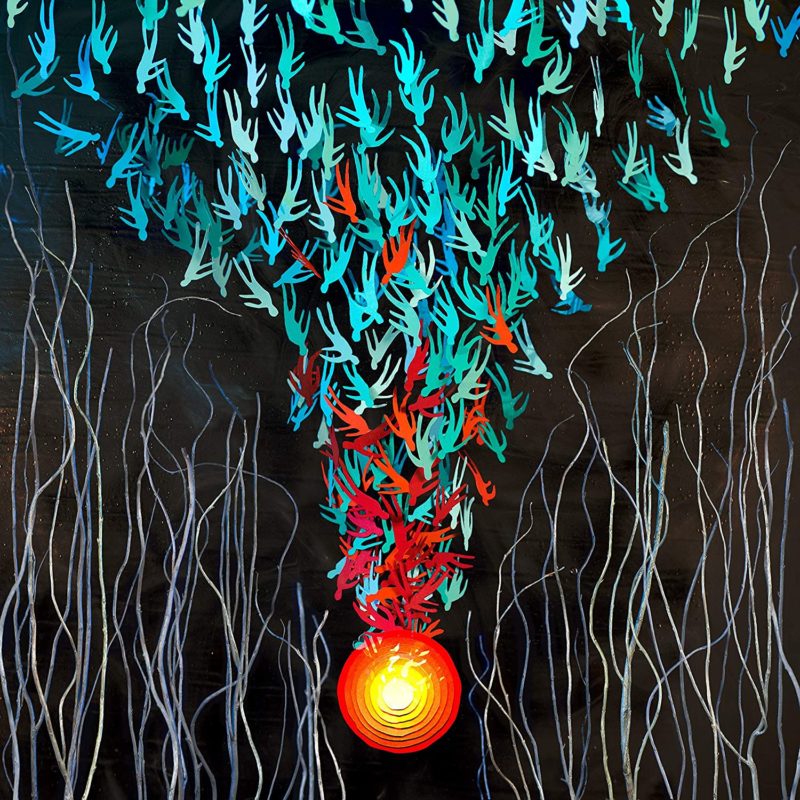

It’s hard to believe, but this was the first release from Bright Eyes in a decade. Frontman Conor Oberst has stayed busy though, releasing solo work, playing in Better Oblivion Community Center with Pheobe Bridgers, and writing music for folks like First Aid Kit and Alt J. Likewise, Mike Mogus and Nate Walcott have been busy as studio and touring musicians with acts ranging from Portgual the Man to Jason Mraz. In 2014, Mogus and Walcott even collaborated to make the soundtrack for The Fault In Our Stars.
The lead single “Persona Non Grata” featured an increasingly orchestral instrumentation, with Oberst’s trembling emotional vocals front and center in the mix. Later songs though seem to feature a bit more groove than we’re used to from the band, which may be a result of the over 40 studio musicians who worked on the project, including Flea from the Red Hot Chili Peppers and John Theodore from Queens of the Stone Age. Fans of The National would appreciate the massive arrangements that evoke classical themes as songs evolve through suite-like segments.
As the Blind Tiger crew puts it, this album feels like the Bright Eyes project we always wanted. DITWWTWOW maintains Oberst’s lyrical brilliance while injecting a fresh new energy as a result of the increased collaborative efforts from Mogus, Walcott and a litany of guest musicians.
Jazz, Soul, and Blues (CeeLo Green – CeeLo Green Is Thomas Callaway)
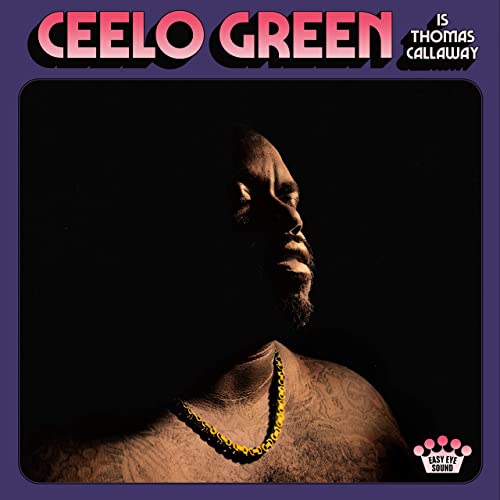

CeeLo Green’s latest effort is unlike anything in his previous catalogue. The fresh new sound comes partially as a result of working with Easy Eye Records founder and producer, Dan Auerbach of the Black Keys. While many people recognize CeeLo for his songs “Crazy” and “Forget You,” Green also has five Grammys and was a coach on the popular singing competition The Voice.
Sonically, the album feels like classics of the late 60’s but leans into a country aesthetic as much as it draws from soul influences. It falls somewhere between Al Green and Glen Campbell, if one could imagine such a middle ground.
Interestingly enough, CeeLo and Auerbach were initially planning to write these songs for other performers. In an interview with American Songwriter, CeeLo revealed that the album was written organically over six months in a really casual manner, often over breakfast on the front porch. Paul Overstreet and and Bobby Wood, two legendary Nashville session musicians, played all over the record, having become regulars at Auerbach’s studio (they even have their own lockers on the premise). There’s no doubt that the combination of soul singers and Nashville writers is a good one – just look back to the collaboration between Booker T. Jones and Willie Nelson.
CeeLo Green is Thomas Callaway is refreshingly pure and organic, showcasing CeeLo’s charming and effortless high vocals. While it doesn’t reinvent the wheel, it combines pieces that aren’t found together all that often, and that’s why it’s a must-listen.
Classic Rock – (Creedence Clearwater Revival – Cosmos Factory)
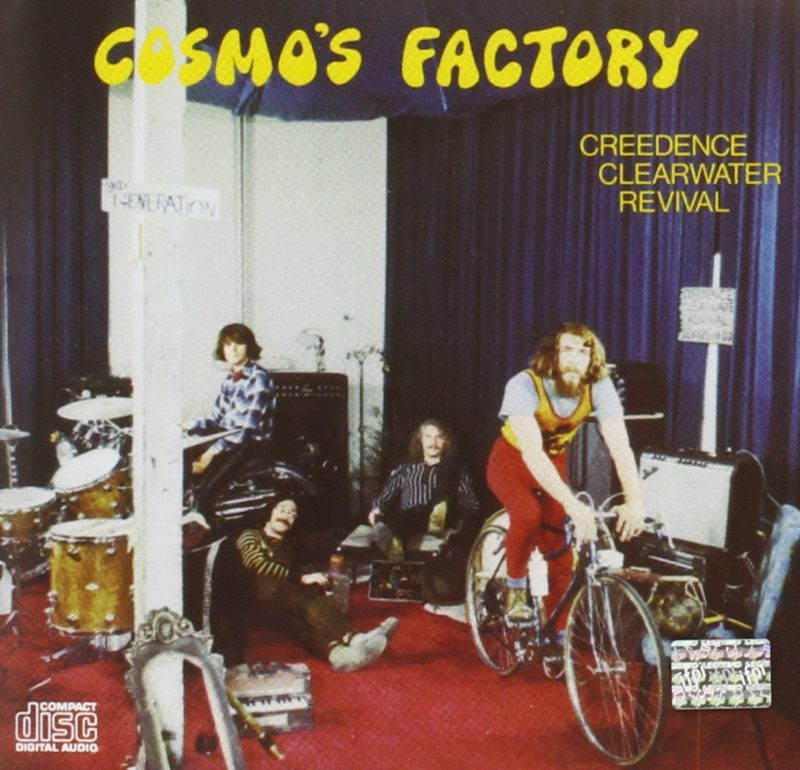

In 1970, CCR released Cosmos Factory, their fifth record in just two years. While CCR only lasted for four years, their legacy is massive. They released seven studio albums including five albums in the Billboard Top 10 and two that reached number one. Of their five songs that reached #2 on the Billboard Hot 100, four are featured on Cosmos Factory.
“Up Around The Bend” features an unforgettable guitar riff right off the bat. Frontman John Fogherty’s voice almost seems to have it’s own natural distortion that fits right in with the crunchy electric guitars. Unfortunately, creative differences between Fogherty and band members led to infighting that ultimately tore the group apart. Even when the band got inducted to the Rock and Roll Hall of Fame in 1983, he still didn’t join the band to play and refused to play any CCR songs until after 1987.
Cosmos Factory is a time capsule that shows how brilliant CCR was at their peak. Fogherty’s dedication to the artistic product can be seen in his willingness to learn entirely new instruments ranging from saxaphone to dobro in order to record them exactly as he heard them arranged in his head.
Listen to the full episode here.

